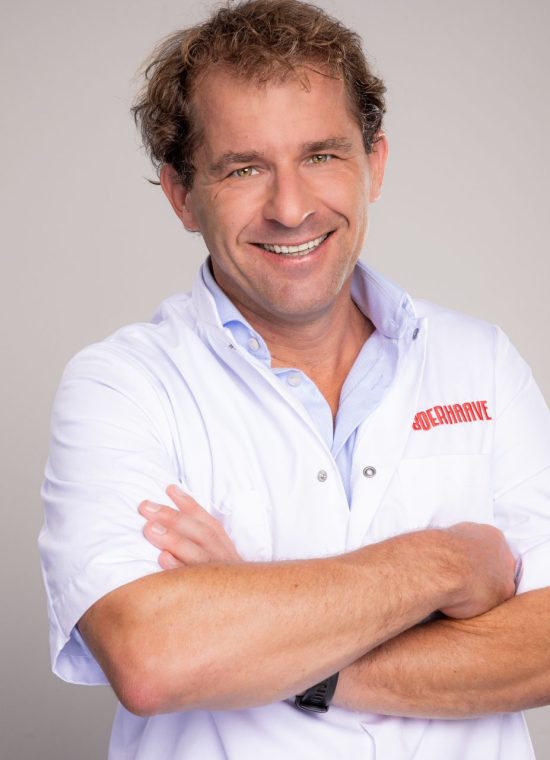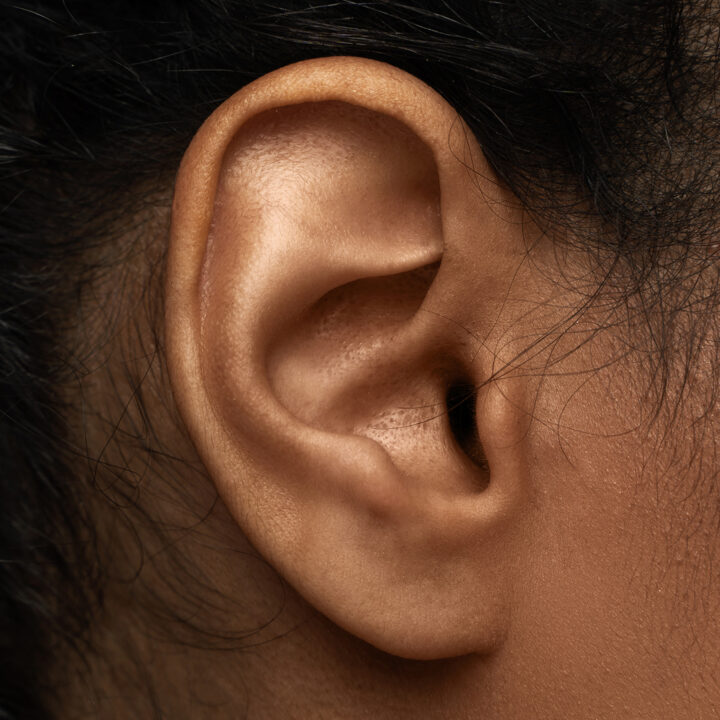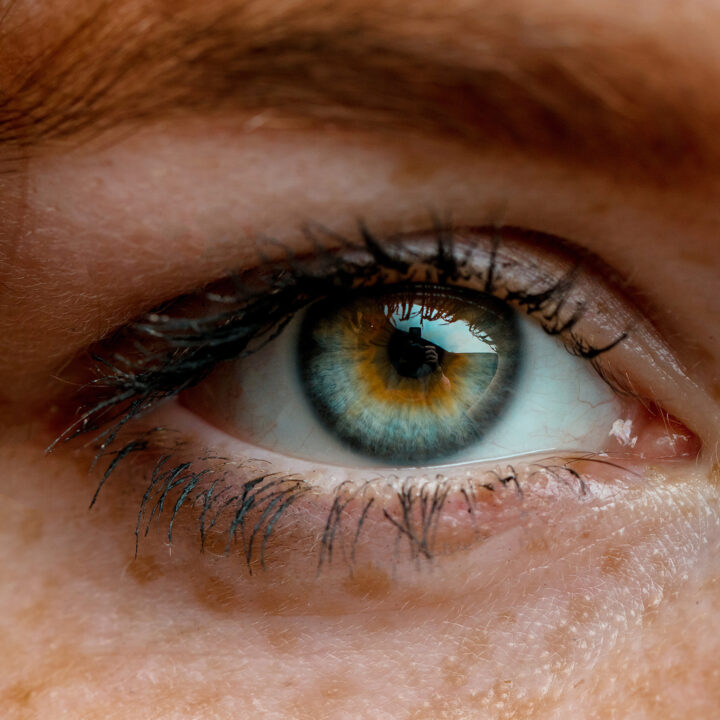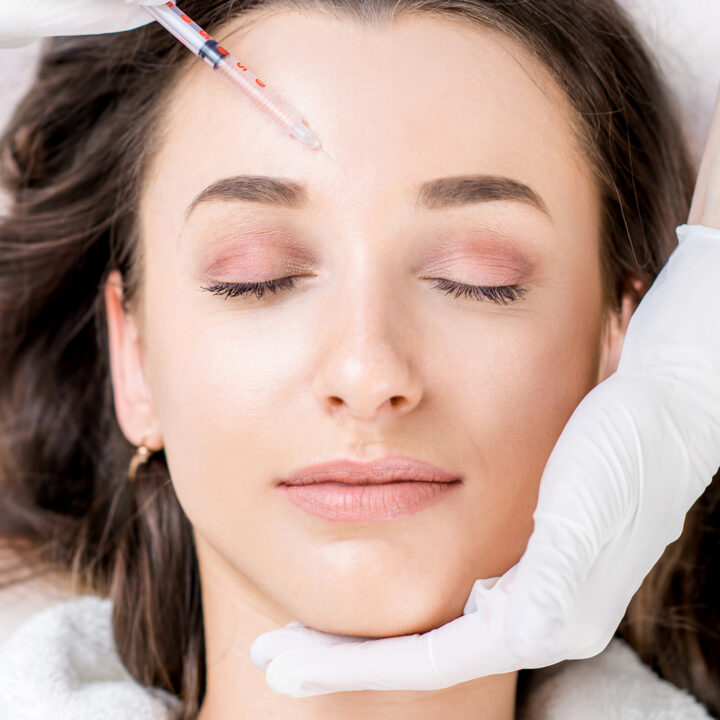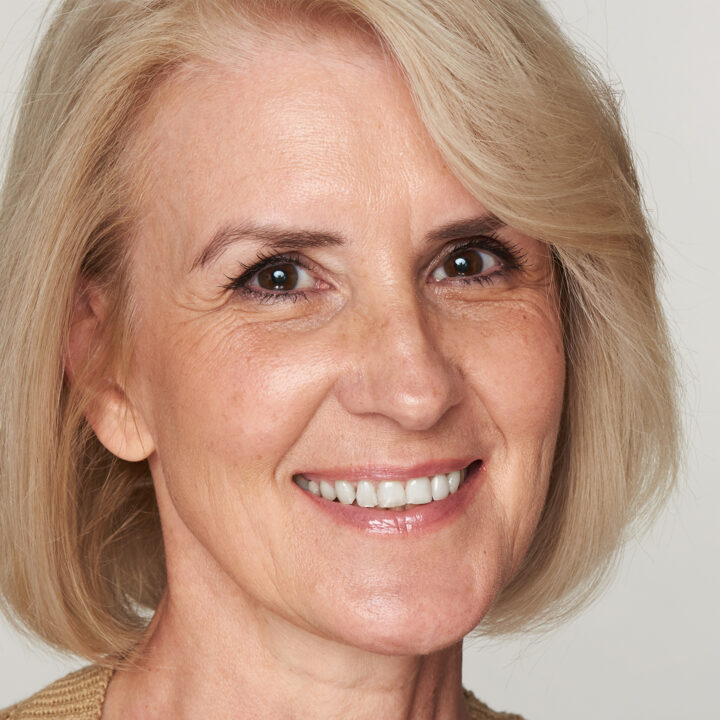Chin correction
Have you got a small chin making the side profile of your face look unbalanced? Or does your chin slope down towards your neck? Together with your nose, your chin significantly influences the contours of your face. A chin correction makes your chin fit more harmoniously with the rest of your face. It improves the shape of your chin and gives you a nice and defined jawline.
What does the chin correction cost
We guide you step by step before, during and after treatment
01 Information
A chin correction procedure is often used for someone with a receding chin. It is a key feature of the face. A chin correction can therefore give someone a completely different appearance. For men, having a strong chin is often associated with masculinity. For women, a chin correction can improve the harmony of their face, which in turn reinforces their natural beauty. Although it is a relatively minor procedure, it can deliver big results.
A chin correction is sometimes recommended – either on its own or in conjunction with a nose correction – for chins that are set too far back. After all, the nose is not an isolated feature but forms part of the face in its entirety. It is therefore important to look at how the best possible harmony can be achieved between the various facial features.
Chin implant
Chin implants come in a range of shapes and sizes. You can get the jawline you have always wanted with a chin implant made especially for you. We use the Implantech brand of silicone implants.
The figure shows where the chin implant is positioned.
02 Consultation
Specialist cosmetic ENT physician
The consultation is always held with the physician who will be carrying out your procedure. The first consultation is a time to get to know your physician and find out more about the procedure and process. The physician will talk to you about your specific wishes, expectations and the reason why you are contemplating a chin correction. You will also have the opportunity to ask the physician any questions you may have.
The physician will then recommend the best treatment option for you, based on what you are looking for and what you want to achieve. Your physician will also go through your medical history with you. They will then take photos for your medical file, and will examine your chin.
To examine your chin, the physician will mainly look at your face. A vertical line downwards from the middle of your bottom lip should just touch your chin. If the most protruding part of your chin lies behind this line, a chin augmentation may help achieve greater balance in your facial proportions. A chin correction procedure can be performed on its own or in conjunction with a nose correction. A chin correction may also be combined with a facelift or liposuction of the face or neck.
A summary of your consultation is then set out in a treatment plan, and the overall costs are discussed with you. During the consultation, you will be given honest advice and provided with full information about the procedure and the before and after care.
Consultant
Following on from your first consultation with your physician, you will have a (telephone) appointment with your consultant, during which you will be told about the practical aspects relating to chin corrections.
03 Treatment
A chin correction procedure involves using an implant to improve the shape and size of the chin. The implant is inserted through a small incision (1.5 to 2 cm) in the natural crease under the chin. This means that the scar will barely be visible.
We do not insert the implant via the mouth, as this technique entails a greater chance of infection.
The procedure can be performed under local sedation as well as general anaesthetic.
04 After care and recovery
You will remain at the clinic for a while after your chin correction. You will be free to go home when the nursing staff and anaesthetist give their approval for you to leave.
First few days after a chin correction
The operation causes little pain. You will be given a course of antibiotics after the operation, to prevent the chance of infection. It may be that part of your bottom lip stays numb for a while because the nerve is slightly swollen. This will resolve itself. There may be some bruising for 7 to 10 days. The stitches and adhesive bandage are removed after a week.
Most patients can resume their everyday activities again after 7 days. However, strenuous activities can only be resumed after a recovery period of 3 weeks and sports activities after a recovery period of 6 weeks.
Further recovery
The final results of the chin correction can best be seen once the swelling has completely subsided. Bear in mind that this can take at least 1 month. After the recovery period, you will be left with results that look and feel completely natural.
Scar care cream
At your first check-up, you will be given a scar care cream. Once the wound has closed and the scabs have disappeared, you can start applying the scar cream. If you apply this cream to the closed wound twice a day, you increase the chance of the wound healing nicely.
05 Risks and complications
It is important you are aware that every surgical intervention can entail risks and complications. Plastic surgery procedures are in principle carried out on healthy people, so the risks are low. By providing you with plenty of information, taking a thorough medical history and applying our professional practices, we make sure these risks are reduced to an absolute minimum. You too can help reduce certain risks by carefully reading through the instructions you are given.
Possible complications may be:
- Infection
- Interrupted wound healing
- Haemorrhaging
- Shift in position of implant
- Capsule formation around the implant
- Persistent numb feeling in the lip
- Loose muscle around the mouth
Smoking
Patients who smoke or use tobacco or nicotine products before the procedure have a greater risk of complications. What’s more, smoking may have a negative effect on the anaesthesia, which may in turn lead to an increased risk of bleeding. It is important not to smoke for at least 4 weeks prior to the procedure and to keep this up for the entire recovery process.
People who are not exposed to tobacco smoke or nicotine products have a significantly lower risk of such complications.
More information
Plan your appointment now in our agenda or let us call you back.
